While the sales of postwar and contemporary art seem to be faltering almost everywhere, a new generation of Chinese contemporary artists is attracting top bids at auctions. But then, could it be speculative buying? Joyce Yip investigates.
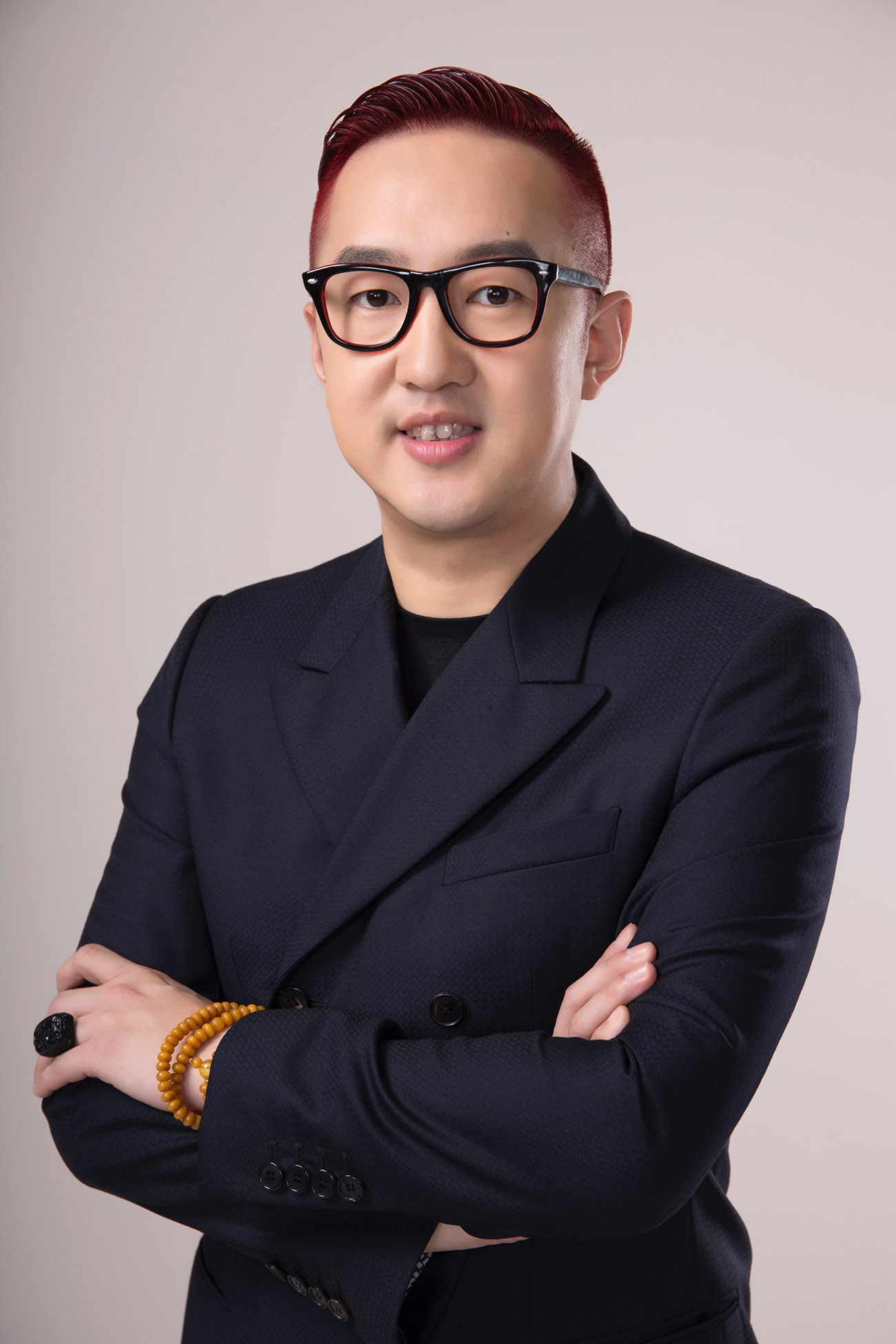
In 2018, Bao Yifeng purchased an acrylic painting by Sun Yitian. An emerging artist at the time, Sun has since made it to the big leagues through her collaboration with French fashion house Louis Vuitton, following in the footsteps of art-world superstars Yayoi Kusama and Takashi Murakami.
The piece Bao purchased is not among Sun’s most sought-after works, i.e., her photorealistic paintings of toys and mass-produced consumer goods. Titled Ass and Leather Pants, it’s an abstract piece hinting at hunched black leather pants-clad figures. Currently the artwork sits, unframed, on the floor of Bao’s living room in Shanghai, sharing the space with 100-plus works by big-ticket names of Chinese contemporary art like Xue Song, Zhang Ruyi and Zeng Fanzhi. In August 2020, Beijing’s Yongle Auction sold Zeng’s Mask Series 1996 No 6 for $23.3 million — the most expensive Asian contemporary artwork ever sold.
READ MORE: Better than fair
Bao is among a growing number of young Chinese art collectors willing to take a risk on relatively unknown artists. “I buy from artists’ early exhibitions and wait to see if they will rise to fame. You can tell this by whether they switch galleries later. Artists do that only when their value is going up,” says the co-founder of major art fairs held on the Chinese mainland such as the ART021 Shanghai Contemporary Art Fair, Beijing’s JINGART and DnA Shenzhen.
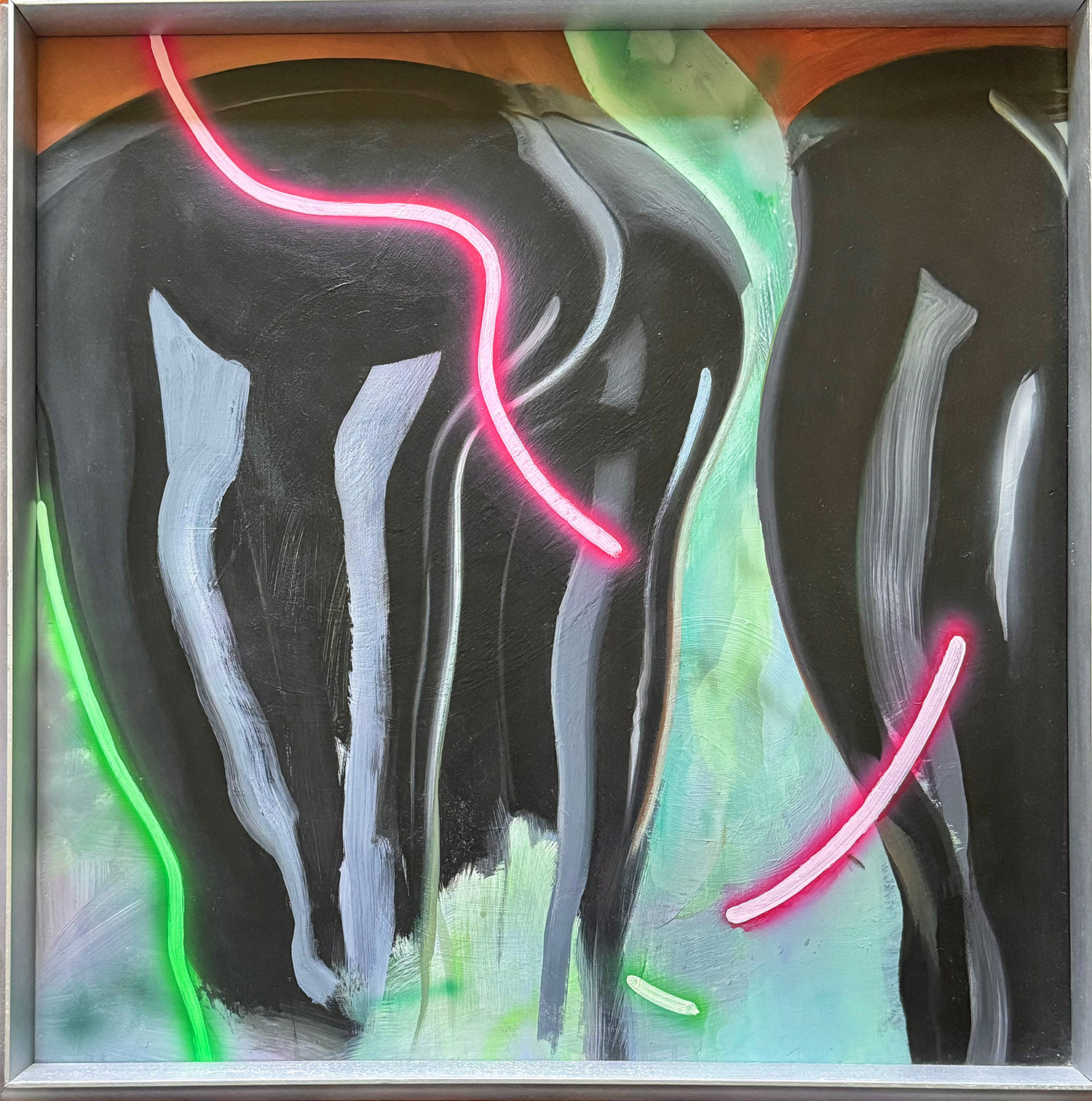
Happily for Bao and his ilk, this is a good time to back China’s promising young artists. According to the last edition of the annual Art Basel and UBS Art Market Report, published in March, while the postwar and contemporary markets worldwide have been sliding since 2022, a young generation of Chinese artists has been gaining traction at auctions. For instance, Hao Liang’s (born 1983) Theology and Evolution was sold at Sotheby’s Hong Kong in April for $3.1 million, one of the top three auction results achieved by living male artists under 40 last year. Combustion by Jia Aili (born 1979) sold for $4.8 million at Christie’s New York this past November, setting a new personal record for the artist.
The relative scarcity of their works in the market has propelled the talented, up-and-coming Chinese artists — some of them available in the secondary market for the first time — toward auction stardom. However, though Chinese collectors are keen to pick up Chinese contemporary art — the largest group of collectors of the category being from the mainland — collecting new and emerging artists is yet to become a trend. Hence, auction houses and art galleries continue to tread with caution when it comes to backing talented newcomers.
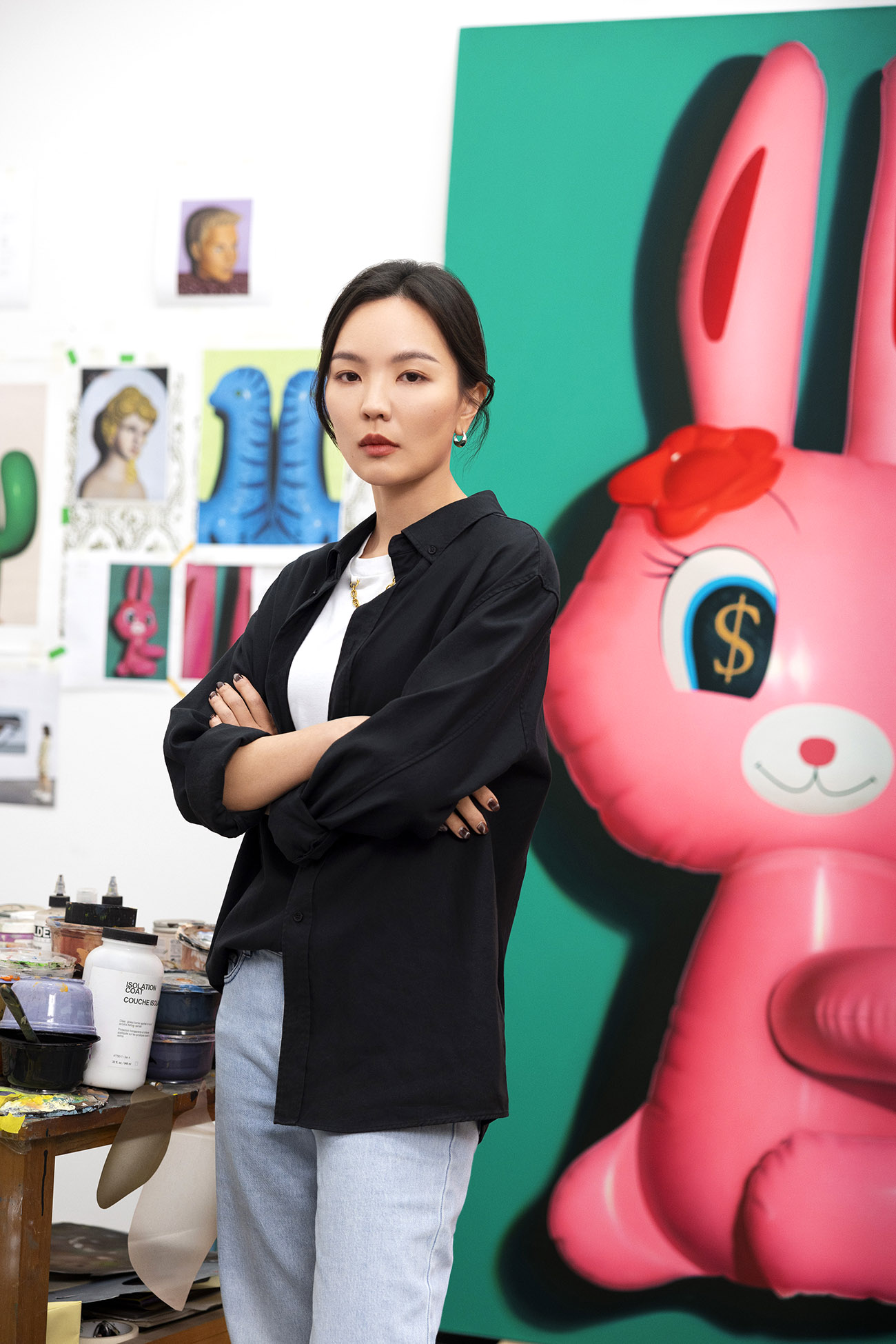
The story so far
Chinese contemporary art began drawing wide international attention in the early 2000s. The opening of the 798 Art District in Beijing in 2003 is said to have put contemporary Chinese art on the map. In the lead-up to the 2008 Beijing Olympics, hundreds of high-profile, and affluent, people looking to forge business or cultural ties with China started visiting the country.
They included collectors and curators from around the world, keen to catch sight of a Zeng Fanzhi or a Zhou Chunya in the flesh. Galleries sold out fast, and the secondary market for Chinese contemporary art fetched record prices, both at home and internationally.
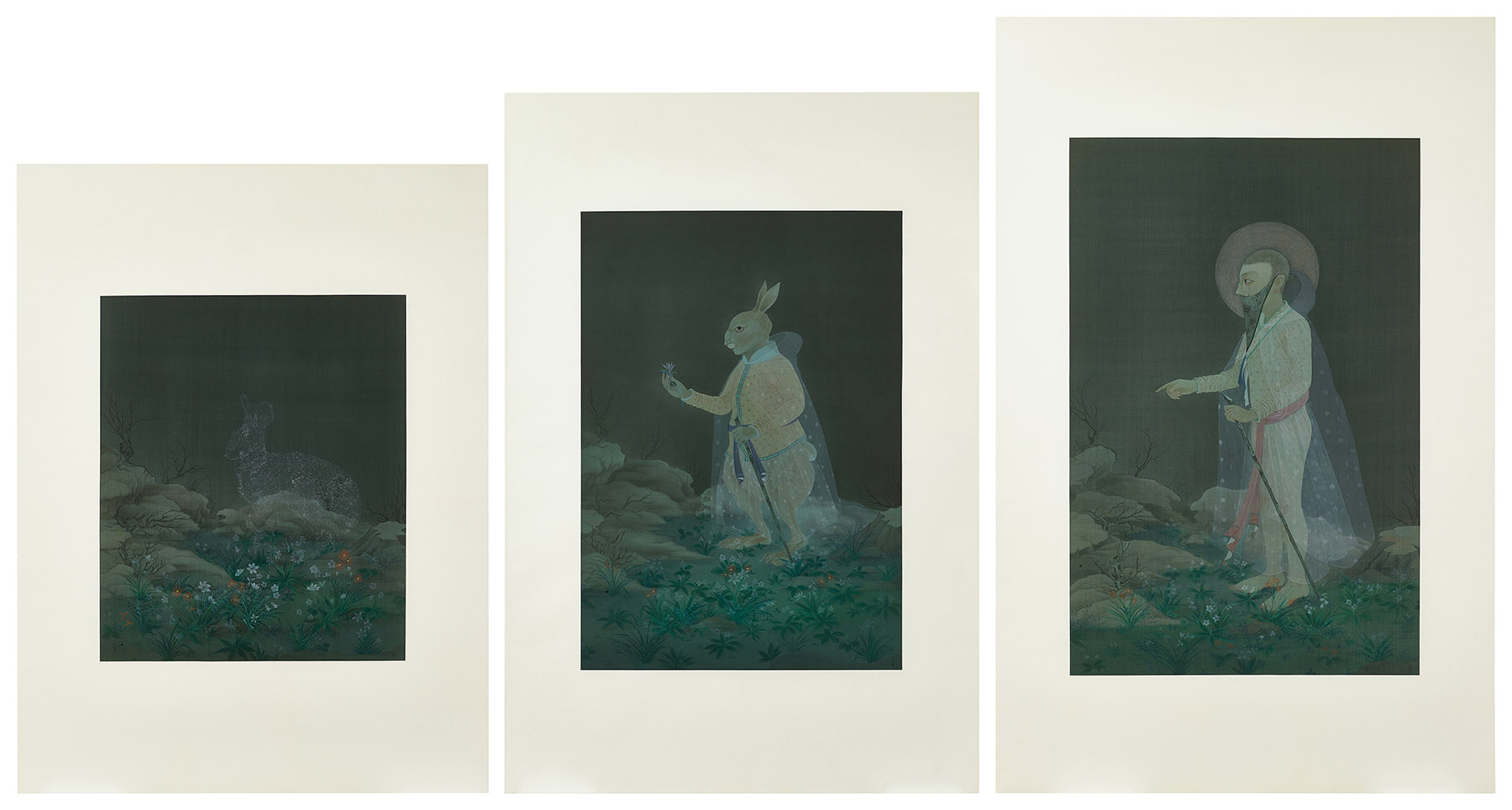
Over the 20 years between then and now, thousands of new galleries, art fairs and private museums have sprung up across the length and breadth of China, often sourcing their wares from a young generation of artists, many of whom trained at prestigious art schools abroad and have since returned to their home country, armed with new techniques, attitudes and an artistic language that’s fresh and distinctly their own. Several among them are into digital media, and address contemporary themes in their works, often reflecting a global outlook.
“Young Chinese artists nowadays are making installations, sculptures and video art, even as young collectors expand their repertoire. Earlier, there were only a few of them,” Bao says. He hastens to add, however, that from the collectors’ point of view, young Chinese practitioners of contemporary art are still a niche category.
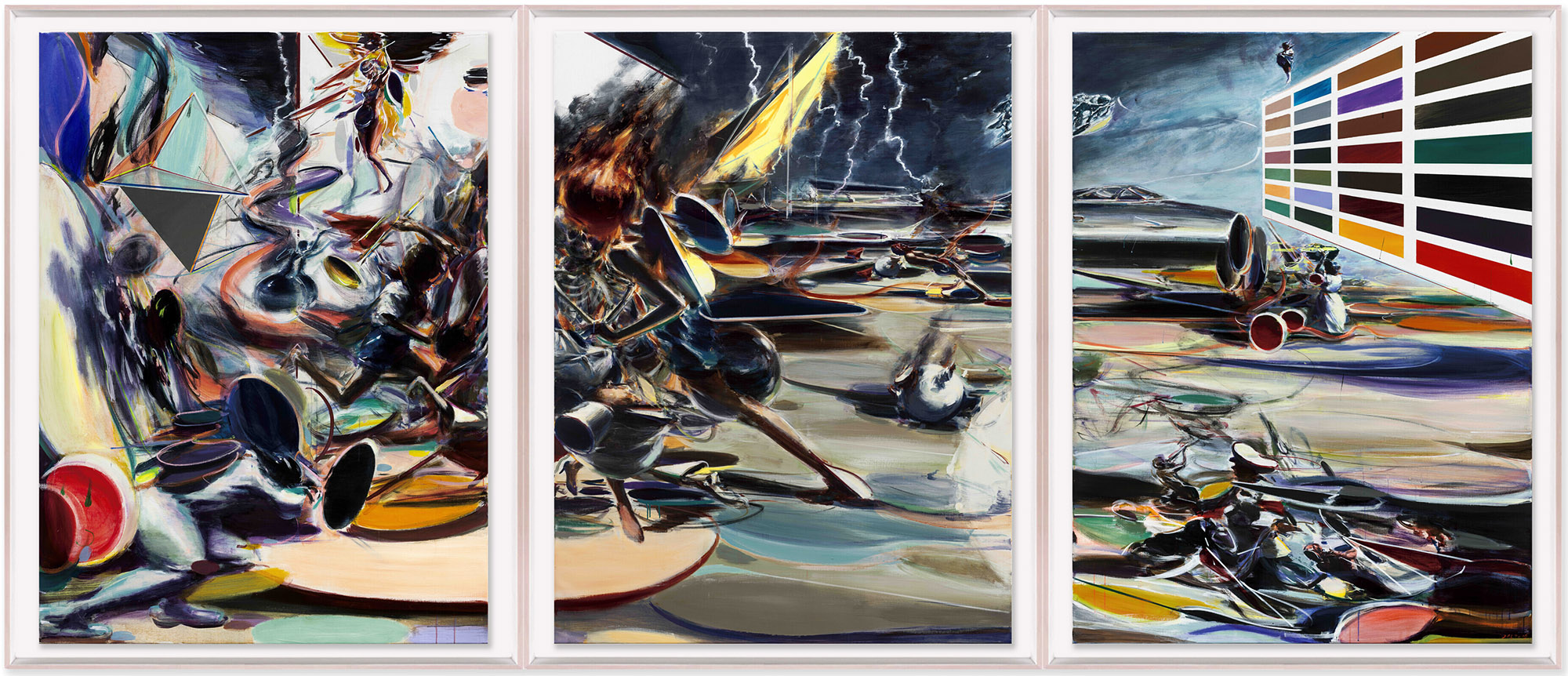
Winds of change
Unsurprisingly, a growing number of collectors are in the same age bracket as the rising stars of Chinese contemporary art. These collectors have replaced the advisers their parents would consult with information from the web and recommendations from their peers.
While competition exists between auction houses, they are not competing with art fairs and galleries. The secondary and primary markets usually stay within their lanes.
Tung Lihua, head, 20th Century and Contemporary Art, Phillips Hong Kong
Bao points to the fact that galleries, auction houses and buyers are all interested in quick returns. “Everyone wants the hit names and the hit pieces.” He has seen galleries sell pieces directly to auction houses, with the result that the roles traditionally played by the primary and secondary markets are now blurred.
There are overlaps between the roles played by art fairs and auction houses as well. “Auction houses rarely had a presence in art fairs back in the day, but nowadays you see them in quite a few art fairs on the Chinese mainland, hosting special exhibitions and previews,” Bao says.
Tung Lihua, head of Phillips’s 20th Century and Contemporary Art in Hong Kong, however, says that artists in Asia without gallery representation have been approaching auction houses to give them a platform since at least 10 years ago. Nowadays, she adds, the secondary and primary markets usually stay within their lanes.
“Art fairs, auction houses and galleries together make an art market that ensures a natural, healthy flow,” Tung says. “While competition exists between auction houses, they are not competing with art fairs and galleries. We are all aware of the no-resell period. However, when a work is not bound by such a clause, we can acquire it directly from the artist; but mostly we acquire works from galleries and collectors.”
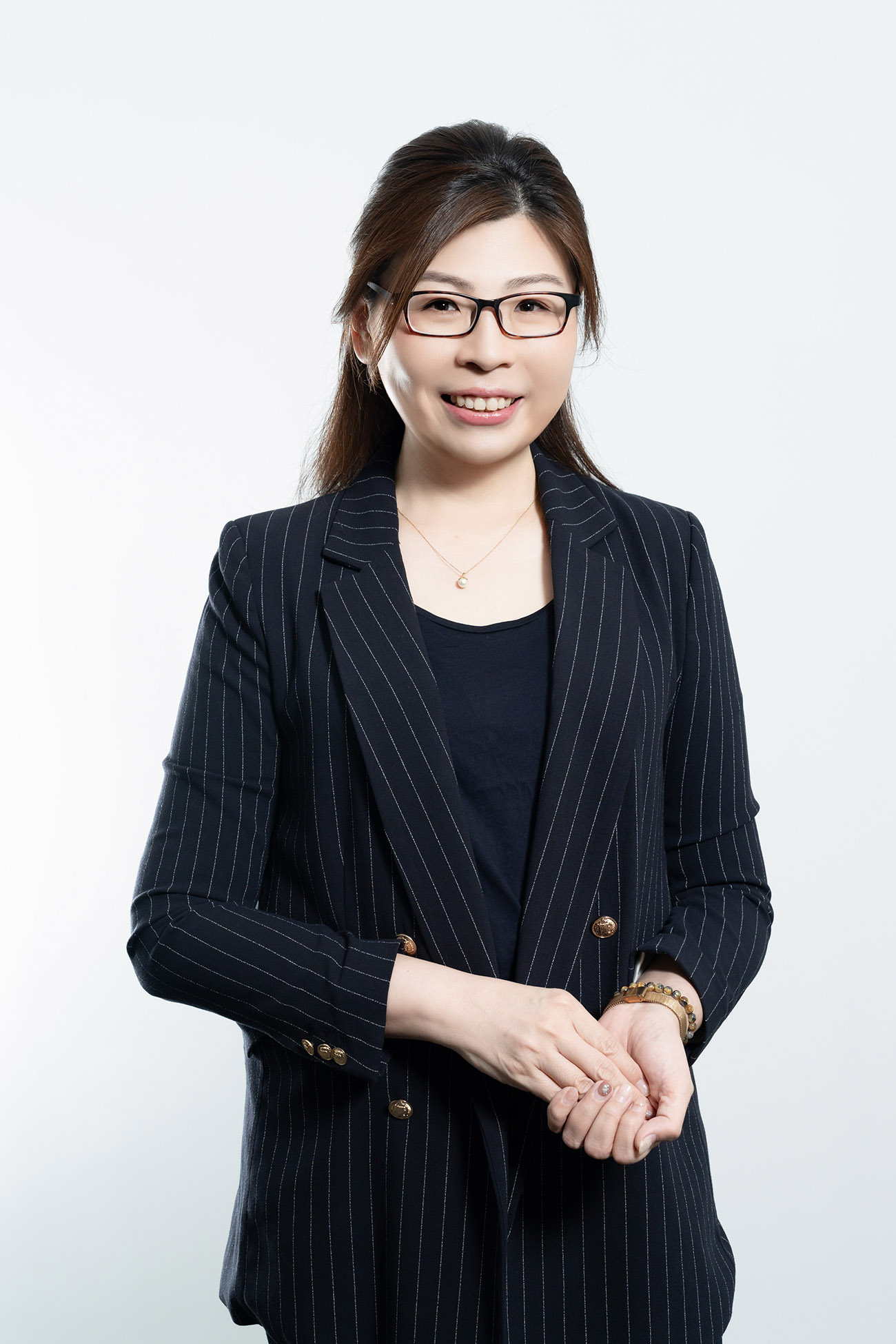
Be careful what you wish for
The Art Basel and UBS report of 2024 conjectures that some of the speculators earlier active in China’s real-estate market might now be trying their luck in the Chinese contemporary art market instead. While speculators are capable of ratcheting up sales figures, the initial boom thus created is unsustainable in the long run.
Young Chinese artists finding success at auctions is the result of a steady rise in systematic collection of their works by emerging institutions as well as a number of young collectors taking an active interest in them.
June Hsu, co-head, Modern and Contemporary Art, Poly Auction Hong Kong
“Speculation is inherent in any thriving market,” says June Hsu, Poly Auction Hong Kong’s co-head of Modern and Contemporary Art. “The auction process involves free bidding, and the outcome is determined by the highest bidder. It is beyond the control of the auction company.”
However, she rejects the idea that young Chinese artists have found favor with collectors as a result of speculation. She believes that their success is the result of a steady “rise in systematic collection of their works by emerging institutions” as well as a number of young collectors taking active interest in them. She adds that thanks are also due to the enhanced visibility of young Chinese artists at the ever-increasing number of art fairs on the Chinese mainland, as well as at acclaimed international events like Frieze London.
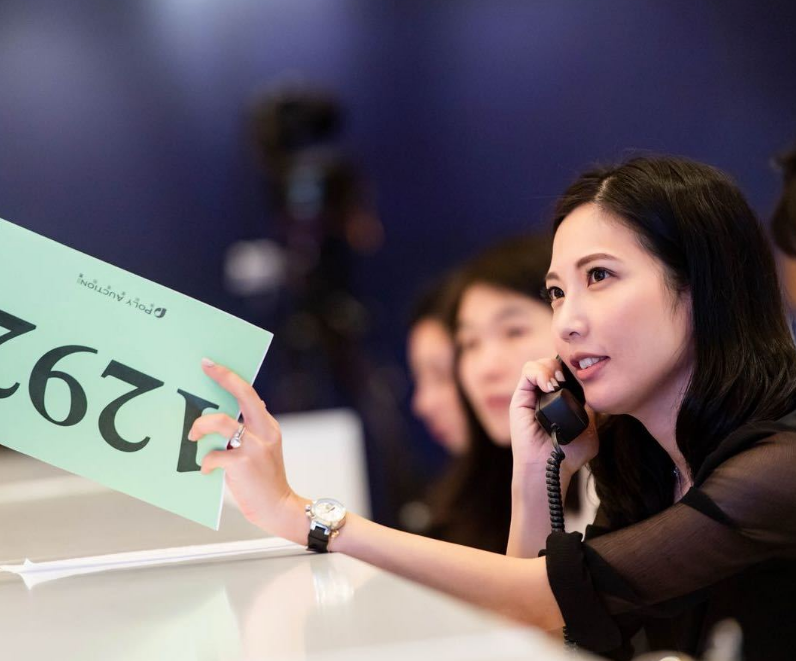
Enhanced understanding of Chinese contemporary art, its historical context, and artistic developments will lead to collectors and investors making more-informed decisions based on artistic merit rather than purely financial considerations.
Daphne King, director, Alisan Fine Arts
Daphne King, director of Alisan Fine Arts gallery, believes that speculation will cease to have any effect on the market when collectors know enough to make up their own minds. She contends that “museums, galleries, curators, scholars, art publications, biannuals and art fairs” all have a role to play in keeping the buyers better informed.
“Enhanced understanding of Chinese contemporary art, its historical context, and artistic developments, will lead to collectors and investors making more informed decisions based on artistic merit rather than purely financial considerations,” King says.
A young generation of talented Chinese contemporary artists has arrived on the scene at a curious time of economic slowdown and cultural shifts. While they are enjoying the benefit of the ever-increasing number of art galleries and private museums all across China and the opportunity to showcase their works to a much wider audience than ever before, skeptics wonder if the incredibly high hammer prices some of these newcomers are attracting might be a result of speculation by investors looking to offset financial risks.
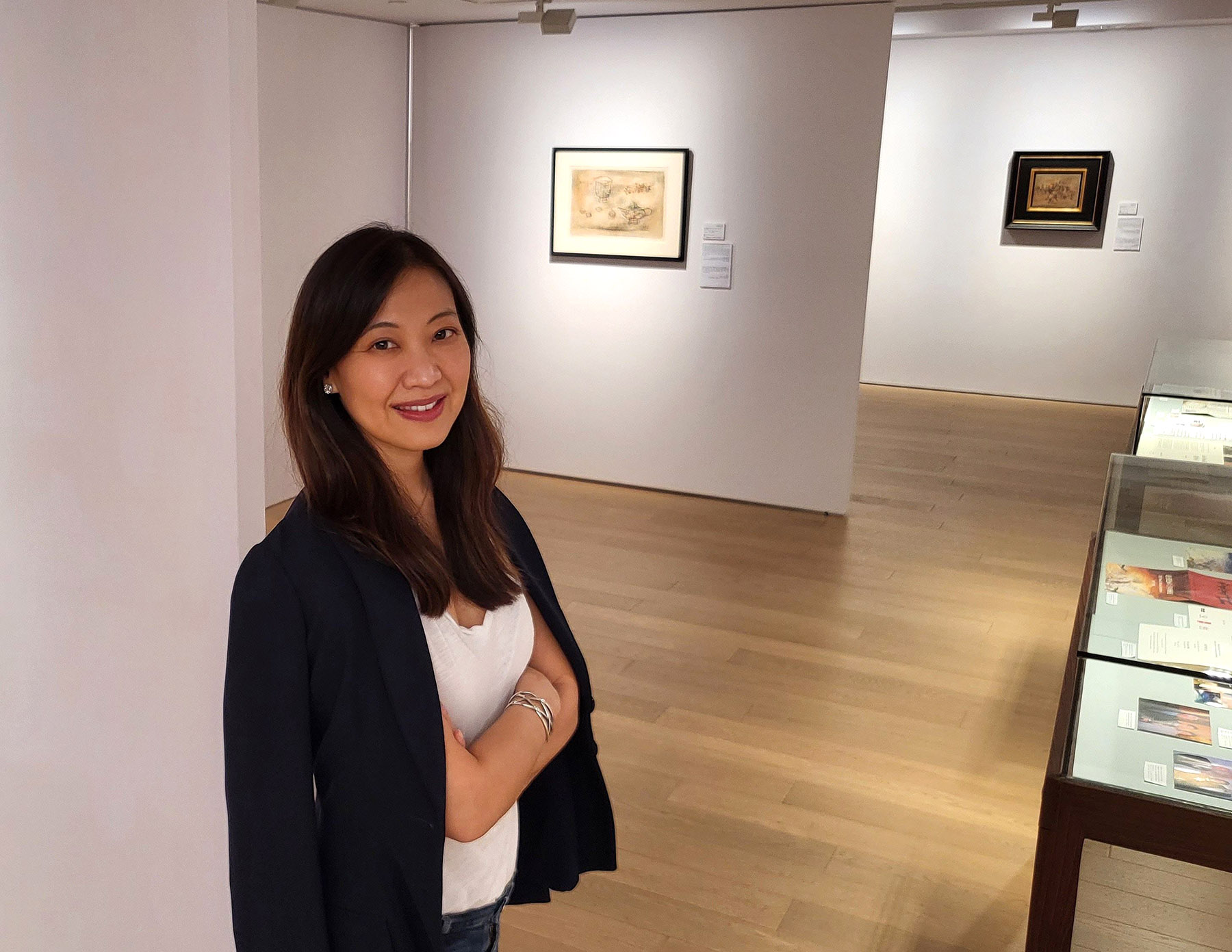
ALSO READ: Step into the Arabian nights
While such a possibility cannot be ruled out, there will always be those who collect for the love of art. As Bao says, “My collection is a big part of my life and my living space. I try my best to learn about the artists, their dreams and thoughts, before purchasing their works.”


